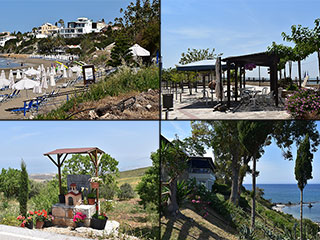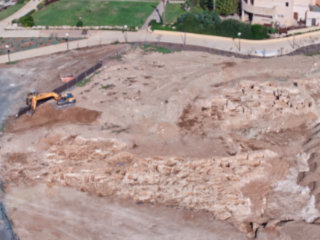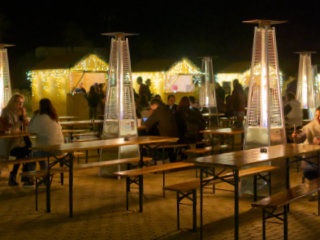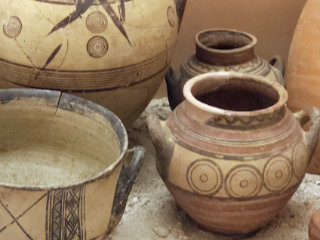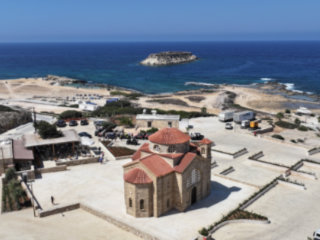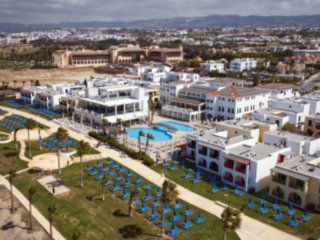Ayia Napa Aquaduct
Seating Area
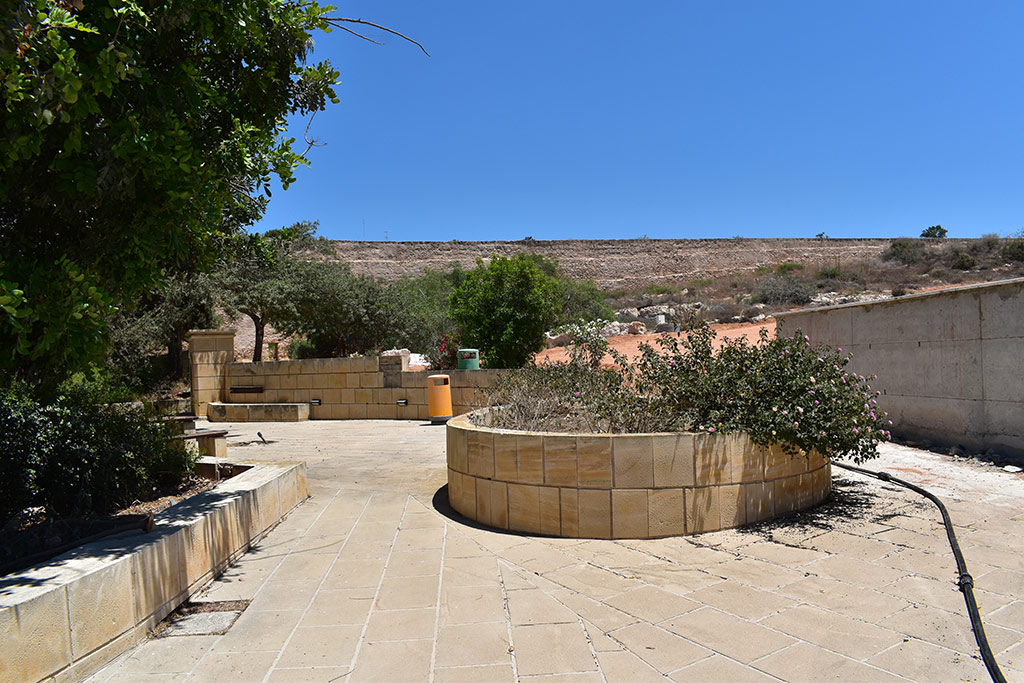
Go this way instead. There are a number of seats along the way too, and they are popular places for locals to have their lunch. By this I mean there were a few office workers eating sandwiches here.
The Aquaduct
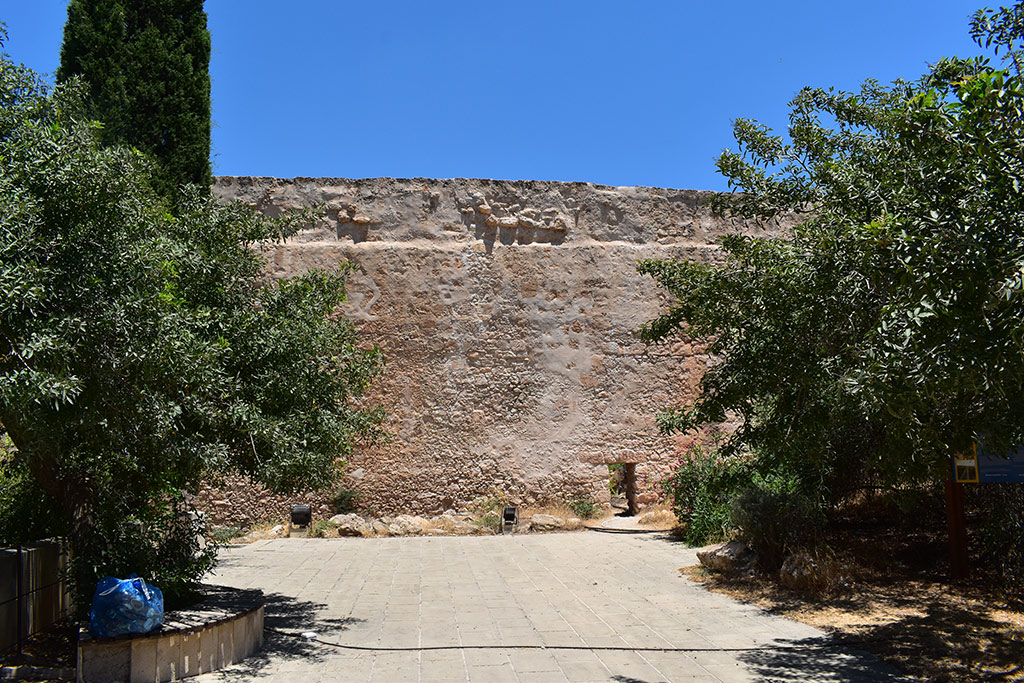
Here is the Aquaduct itself. You have to admit, it is rather big. You would probably bang your head if you walked through that entrance without ducking (I say probably as I have no idea how tall you are). However, the structure is pretty impressive.
What's It All About?
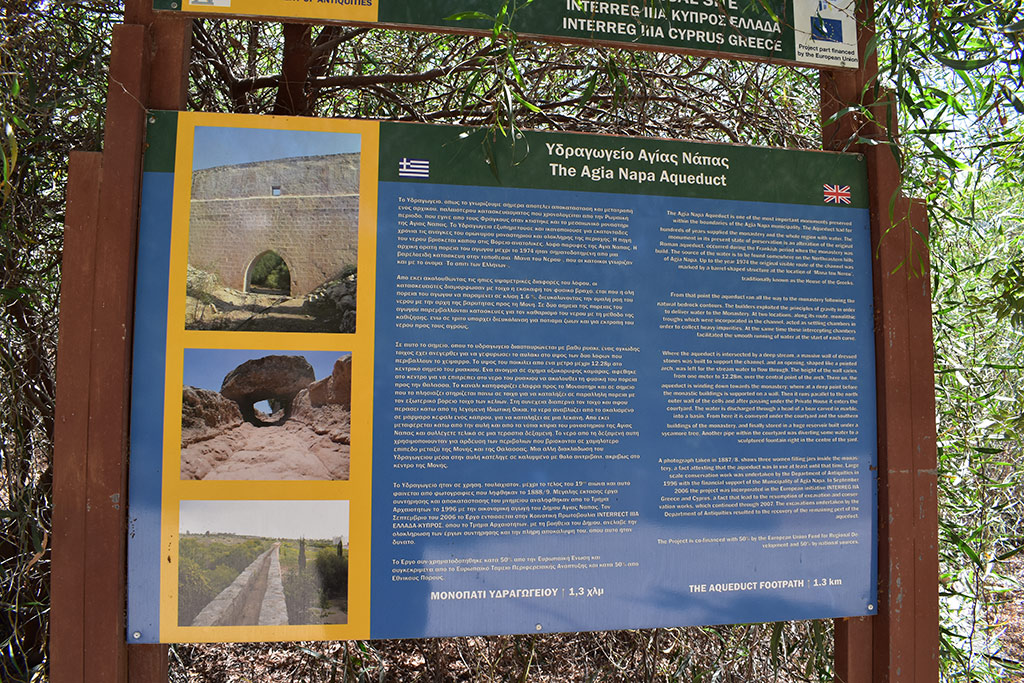
What's more, there is a sign here that helpfully explains the purpose of the Aquaduct. This is what it says:
The Ayia Napa Aquaduct is one of the most important monuments preserved within the boundaries of the Ayia Napa municipality. The aquaduct had for hundreds of years supplied the monastery and the whole region with water. The monument in its present state of preservation is an alteration of the original Roman aquaduct, occurred during the Frankish period when the monastery was build. The source of the water is to be found somewhere on the Norteastern hills of Ayia Napa. Up to the year 1974 the original visible route of the channel was marked by a barrel-shaped structure at the location of "Mana tou Nerou", traditionally known as the House of the Greeks.
Aquaduct Centre
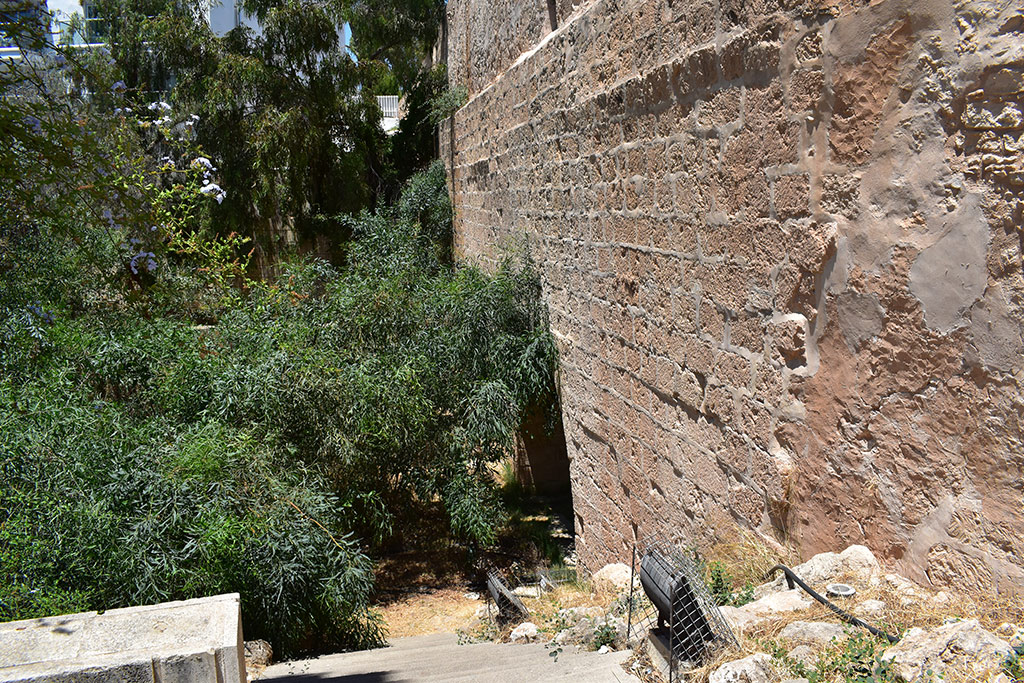
If you walk up to the aquaduct and look left you can see a bridge-opening. During the winter I imagine a river flows through there, or at least, used to.
From that point the aquaduct ran all the way to the monastery following the natural bedrock contours. The builders exploited the principles of gravity in order to deliver water to the Monastery. At two locations, along its route, monolithic troughs which were incorporated in the channel, acted as settling chambers in order to collect heavy impurities. At the same time these intercepting chambers facilitated the smooth running of water at the start of each curve.
This Way Up
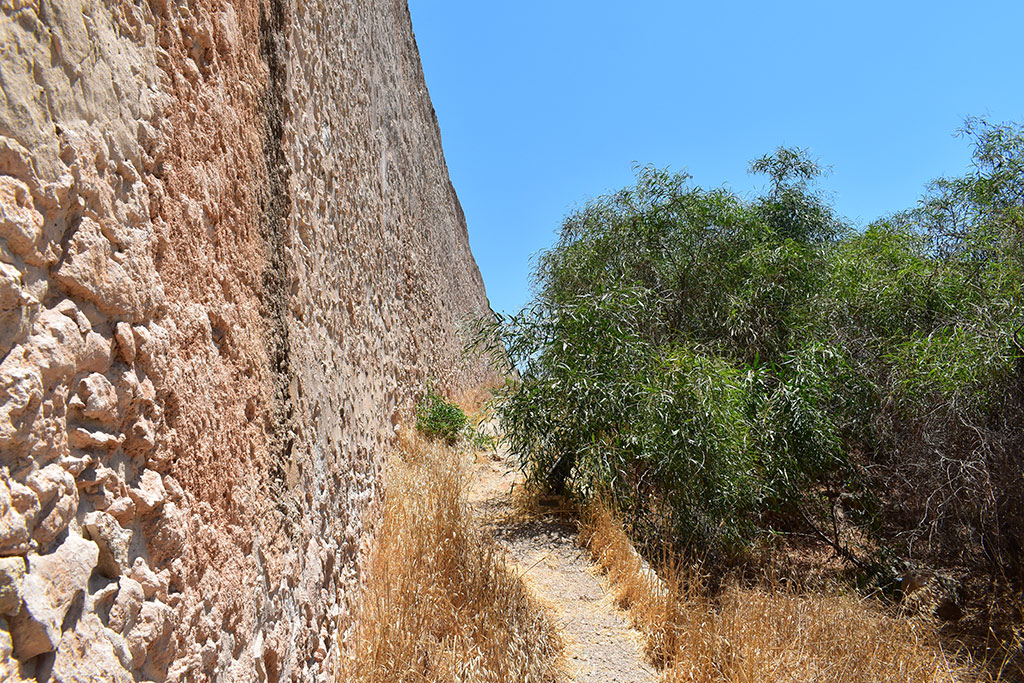
This is the view to the right. You can see how daunting the wall is from here.
Where the aquaduct is intersected by a deep stream, a massive wall of dressed stones was built to support the channel, and an opening, shaped like a pointed arch was left for the stream water to flow through. The height of the wall varies from one meter to 12.28m over the central point of the arch. There on, the aquaduct is winding down towards the monastery, where at a deep point before the monastary buildings is supported on a wall. Then it runs parallel to the north outer wall of the cells and after passing under the Private House it enters the courtyard. The water is discharged through a head of a boar carved in marble, into a basin. From here it is conveyed under the courtyard and the southern buildingas of the monastery, and finally stored in a huge reservoir built under a sycamore tree. Another pipe within the courtyard was diverting some water to a sculptured fountain right in the centre of the yard.
Page 2 of 5


Related Blogs:
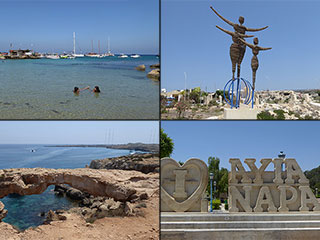
Postcard from Ayia Napa
We're all going on a summer holiday! Actually we've just got back from one. We've spent the last few days in Ayia Napa and naturally we took our cameras with us. So, for a change, here's a blog on the Eastern side of the Island. How did we find it? What were the beaches like? Did we "have it large"? Read on and find out...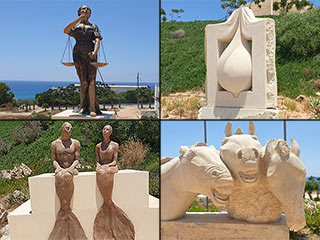
Ayia Napa Sculpture Park in 2020
Step beyond the beaches and noisy bars of Ayia Napa, and a wealth of more cerebral entertainment awaits. Top of the list must surely be the sculpture park. Our annual trip to the East wouldn't be complete without a visit, so here is a look at some of the latest attractions to appear in Cyprus' best sculpture park.Good Pages To Visit
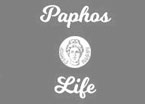
FB PagePaphos Life on Facebook
Like us on Facebook and stay notified of new blog posts.

FB PageOur Facebook Chat Group
Paphos Chat has been created for people who like our site and want to chat using Facebook. You can also easily upload photos of any size here. A lot of people are members of the Facebook chat group and the main forum. It's entirely up to you.
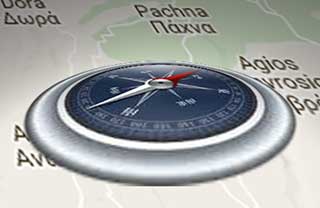
ListBlog Locations
Planning a day out? Then use our map of blog locations as a handy guide. Some of the places we visit our closer to each other than you might think, so take a look and start planning your next adventure...
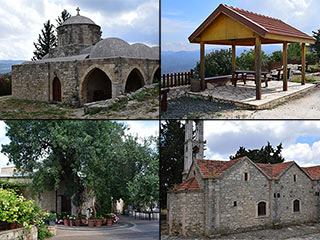
eBookCyprus Road Trip 01: the Kathikas - Panagia Loop
Let me take you on a journey around the region of Paphos, Cyprus. Starting at Paphos itself, we travel to Akoursos, then Kathikas, Kritou Terra and Simou. We continue past Lasa and Kannaviou, before taking in the delights of Panagia. Getting a bit more adventurous, we visit the abandoned villages of Statos and Agios Fotios, before passing through Choulou, Letymbou and Polemi, and rejoining the main Paphos - Polis road.
The route is suitable for all types of vehicle, and requires no off-roading. The guide contains about 130 photographs including shots of all the road signs you need to pay attention to, as well as some of the highlights you may experience along the way.
There are also several maps which will help you keep your bearings.
You can do this journey in a day, or you can break it up into chunks. You can also do it in reverse, to get some completely different views. It is entirely up to you.
